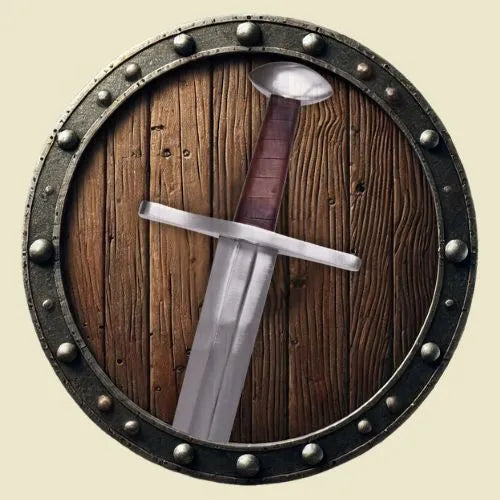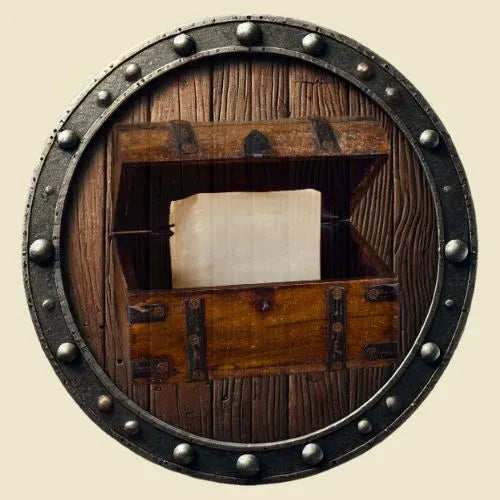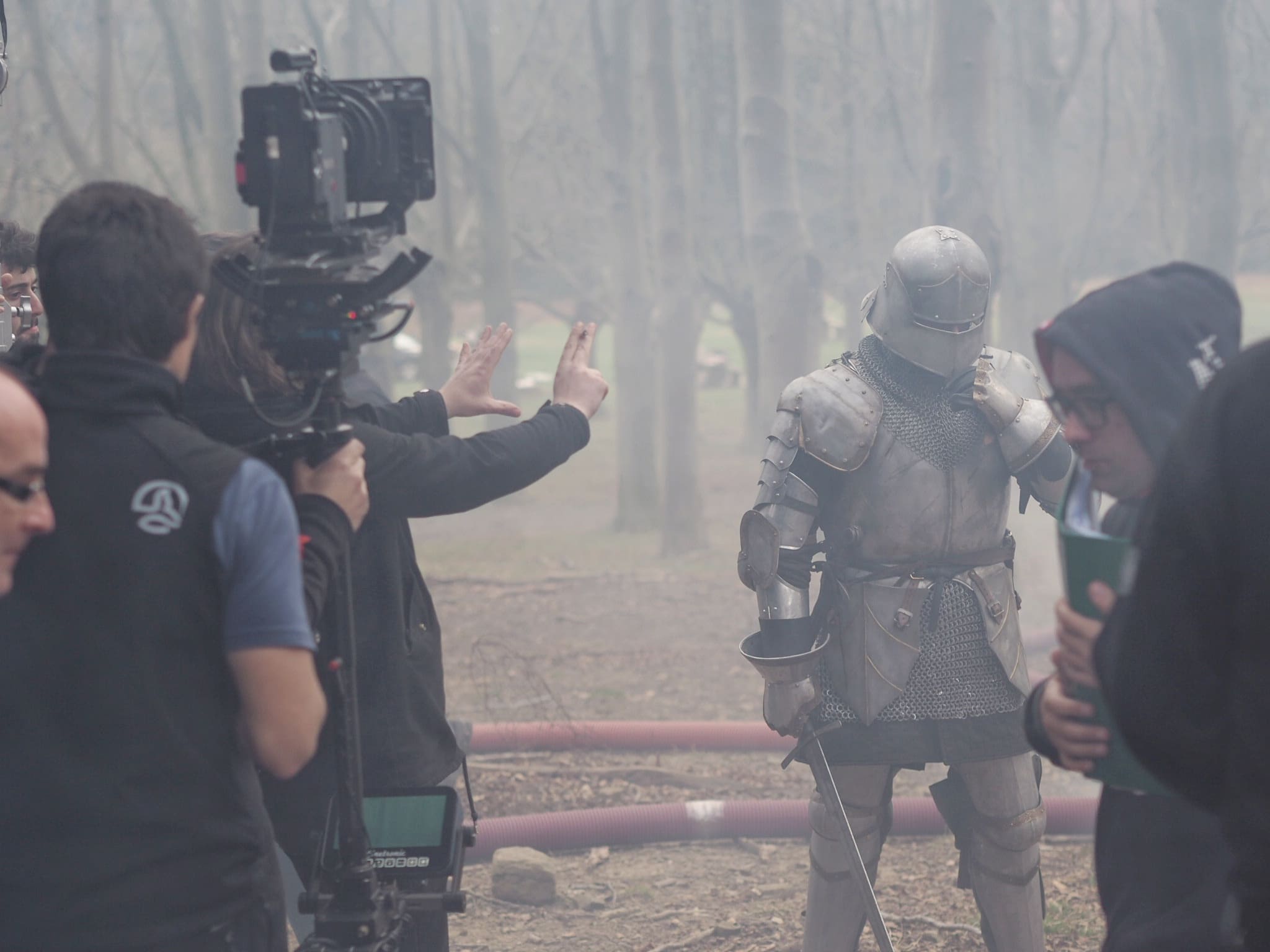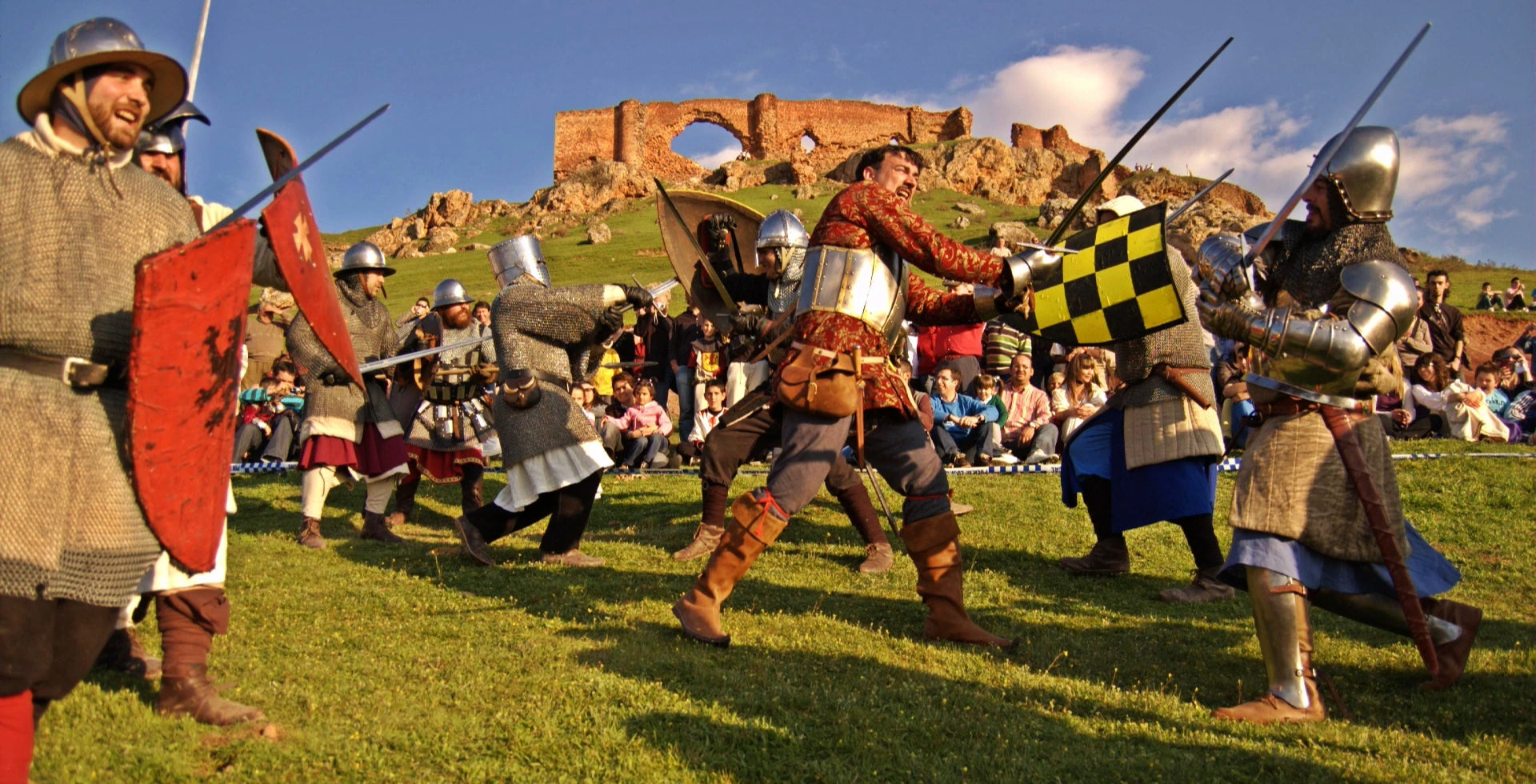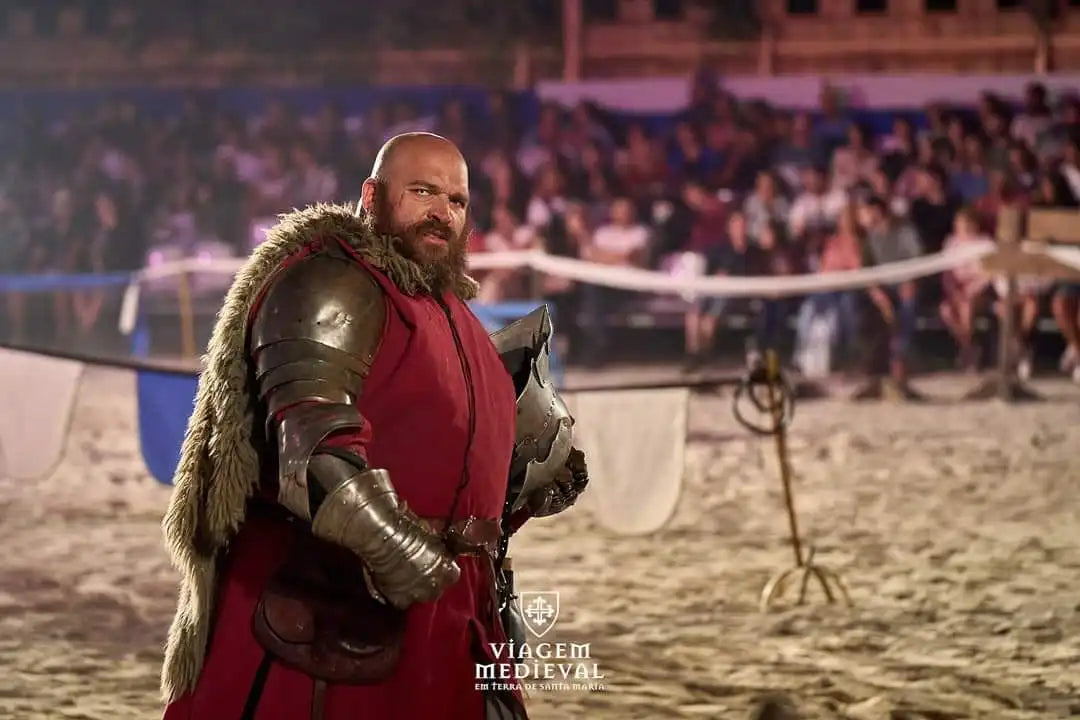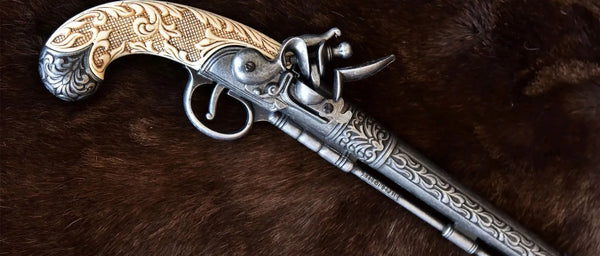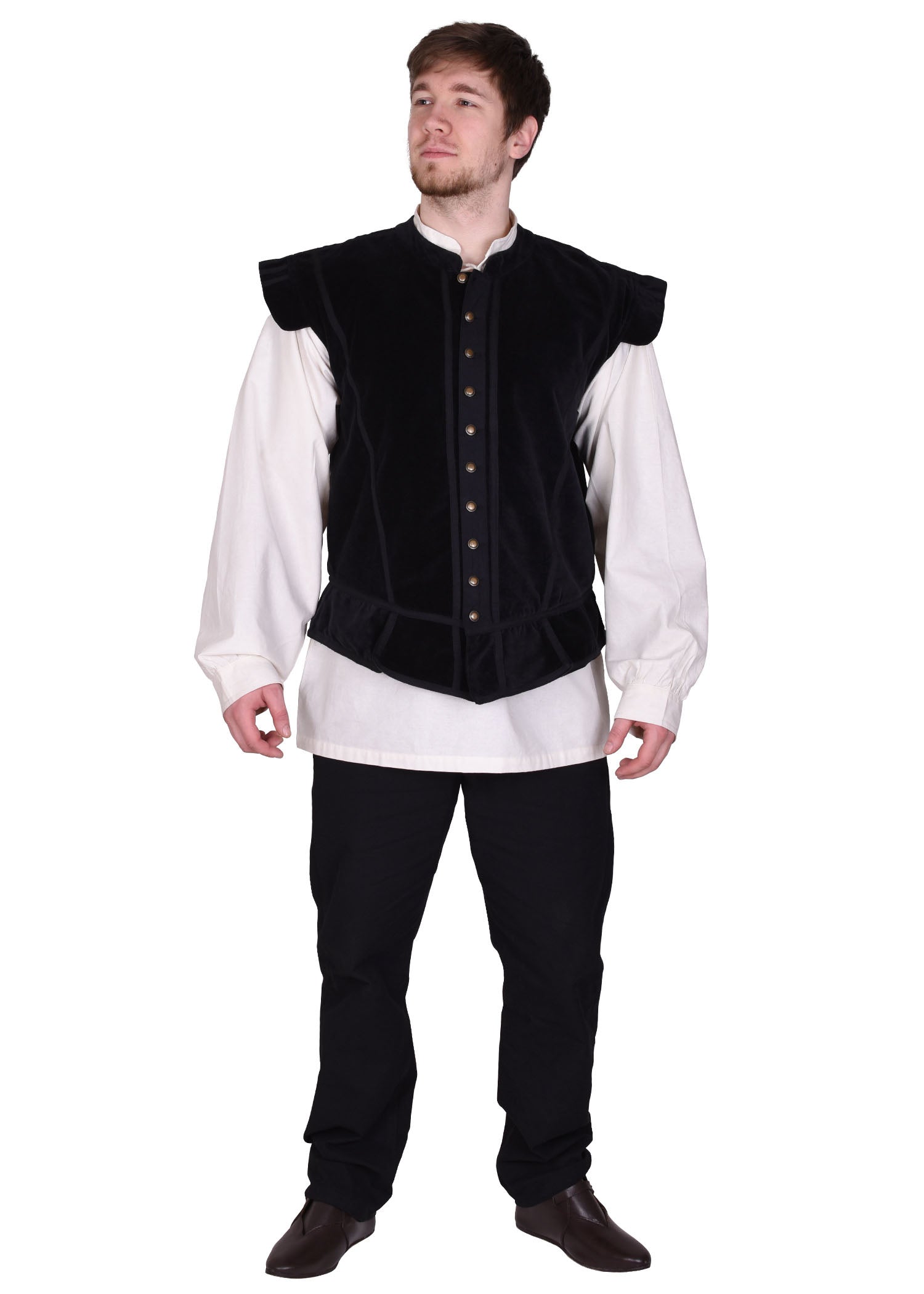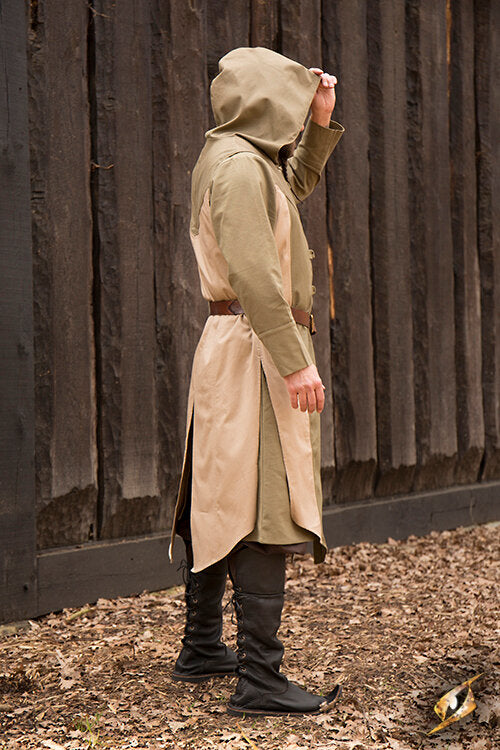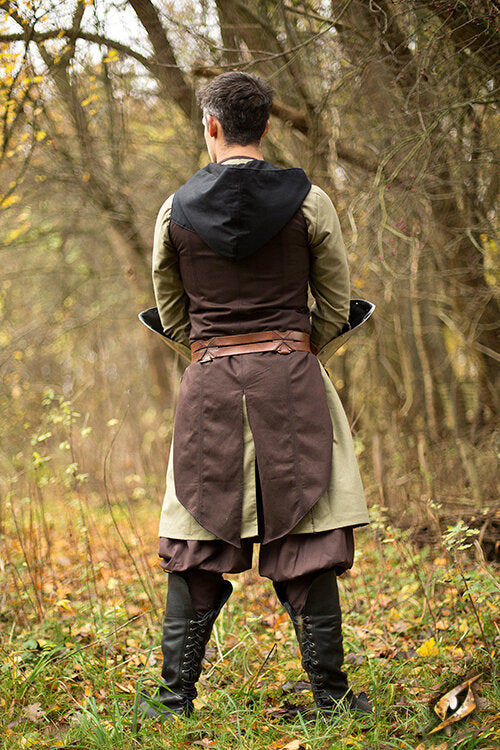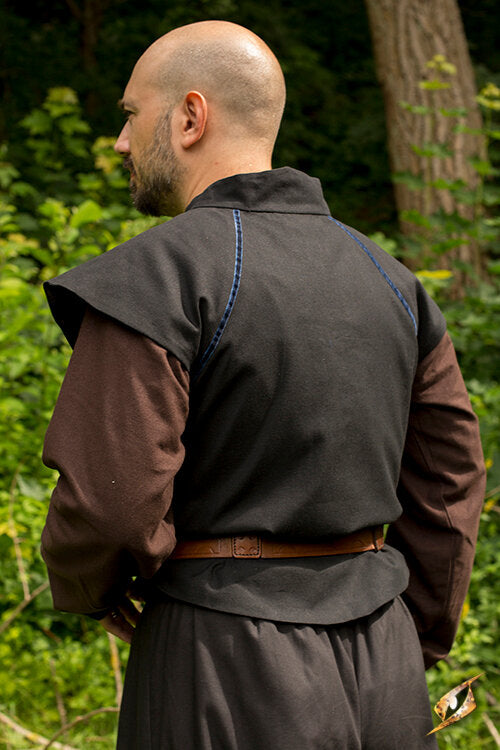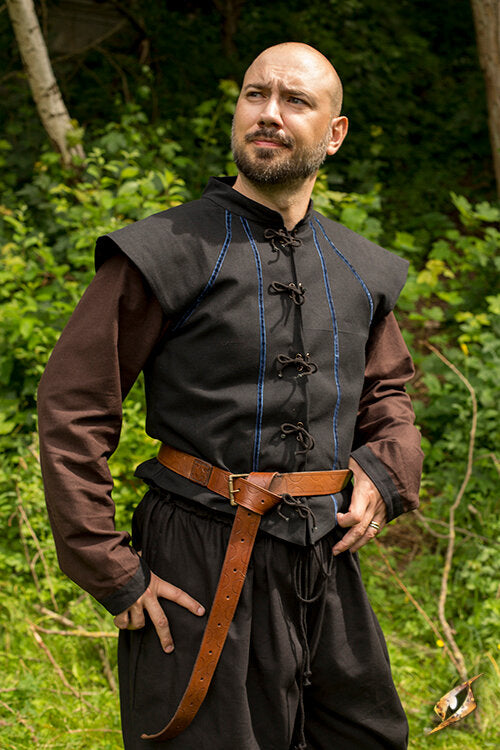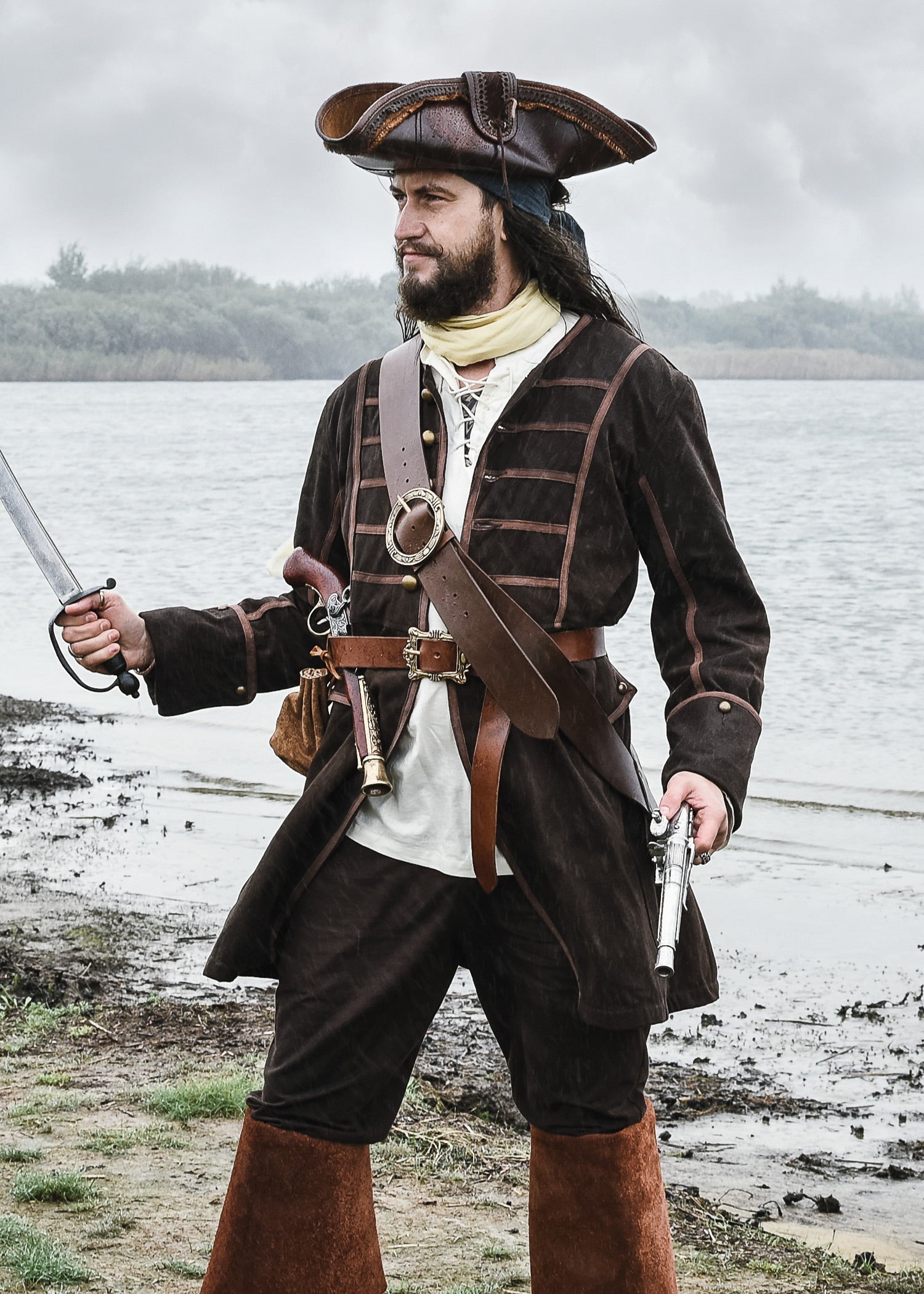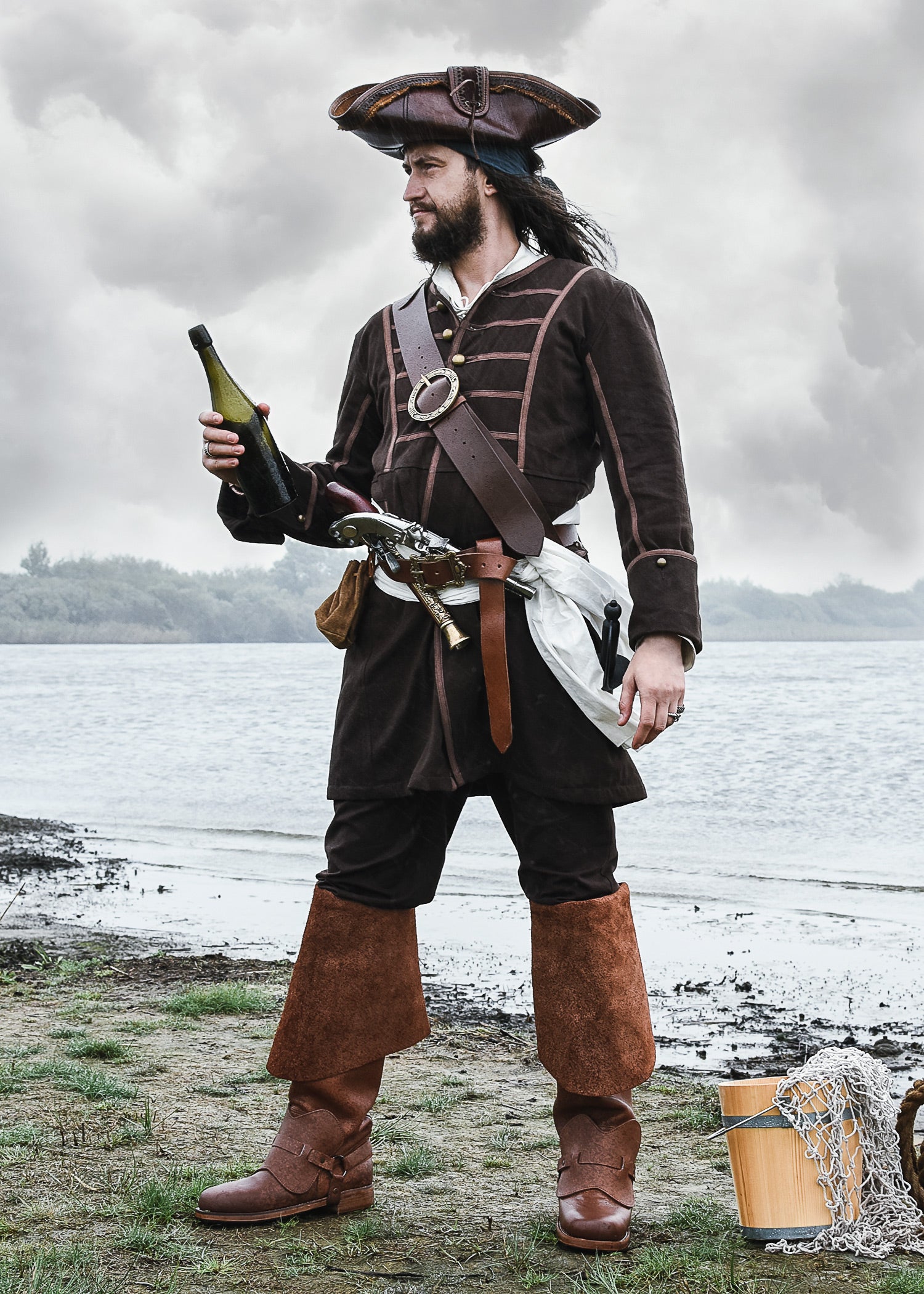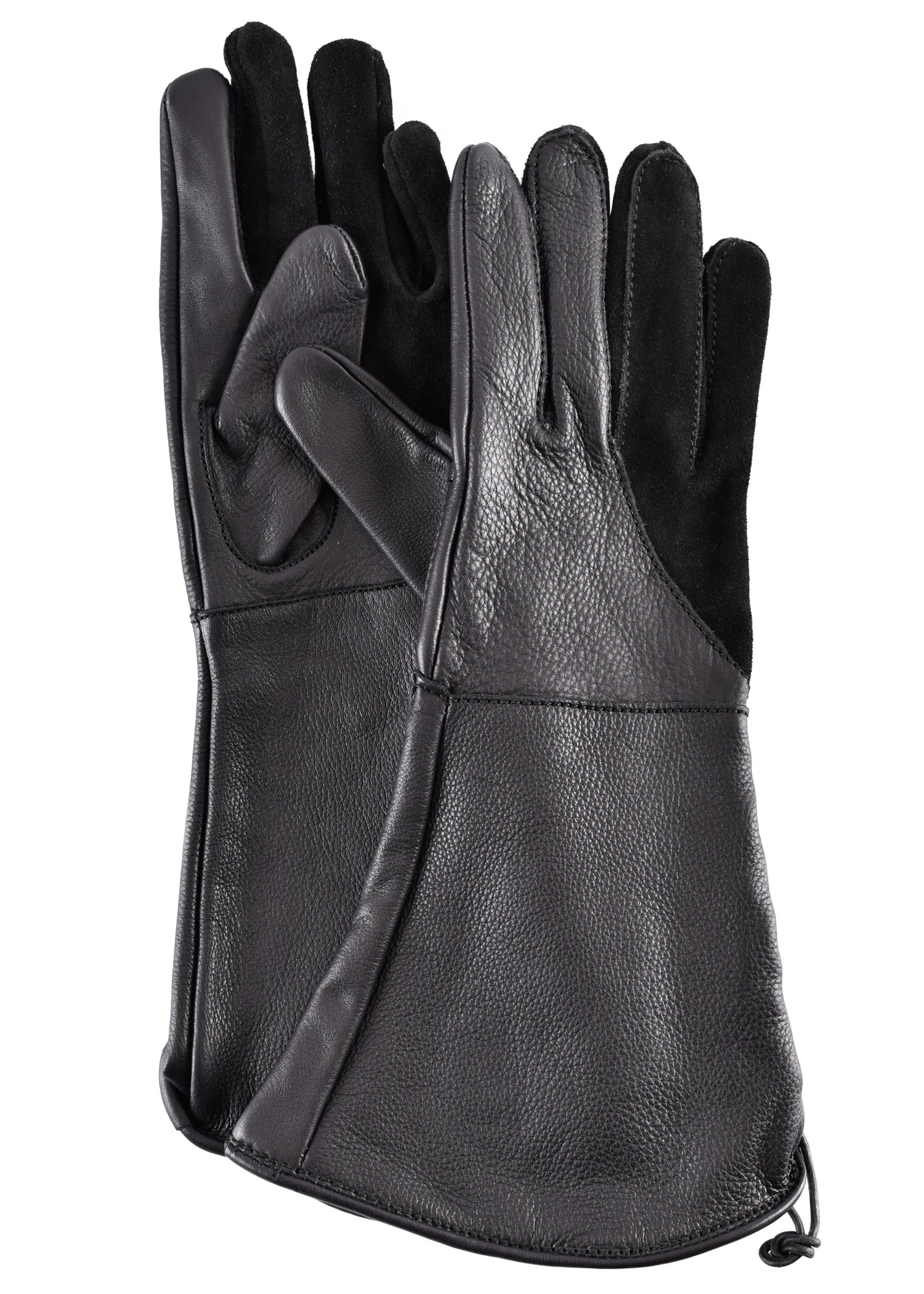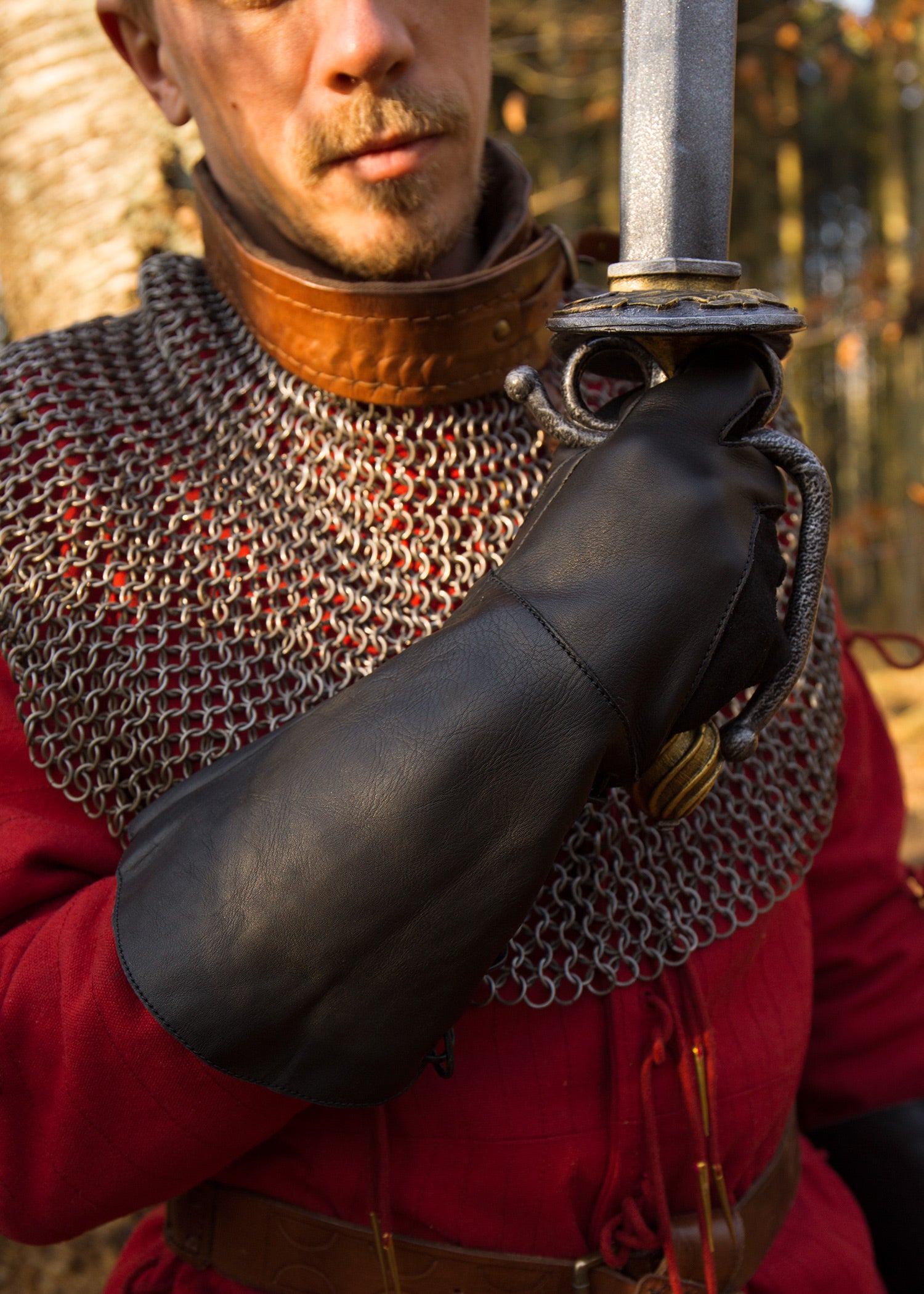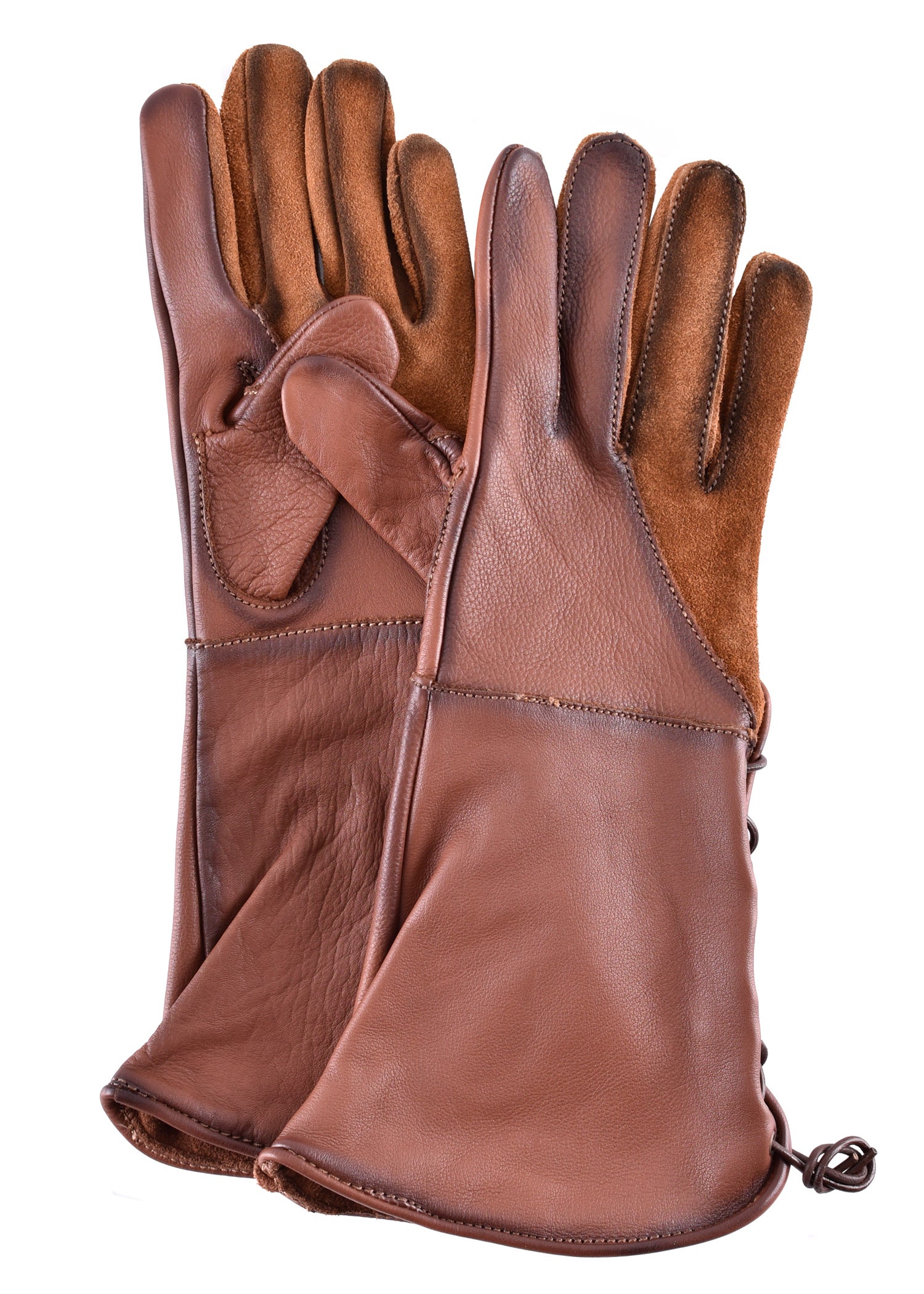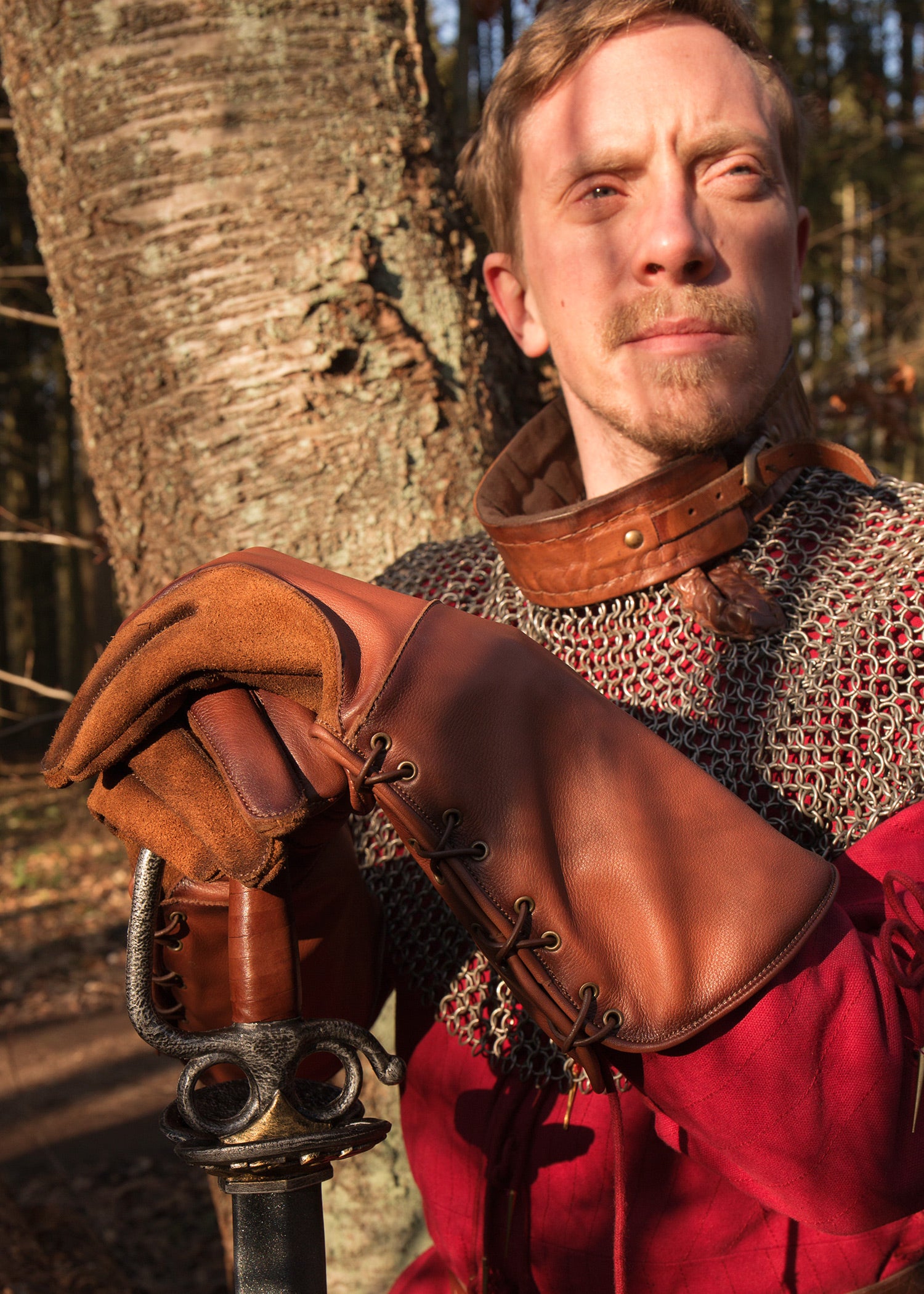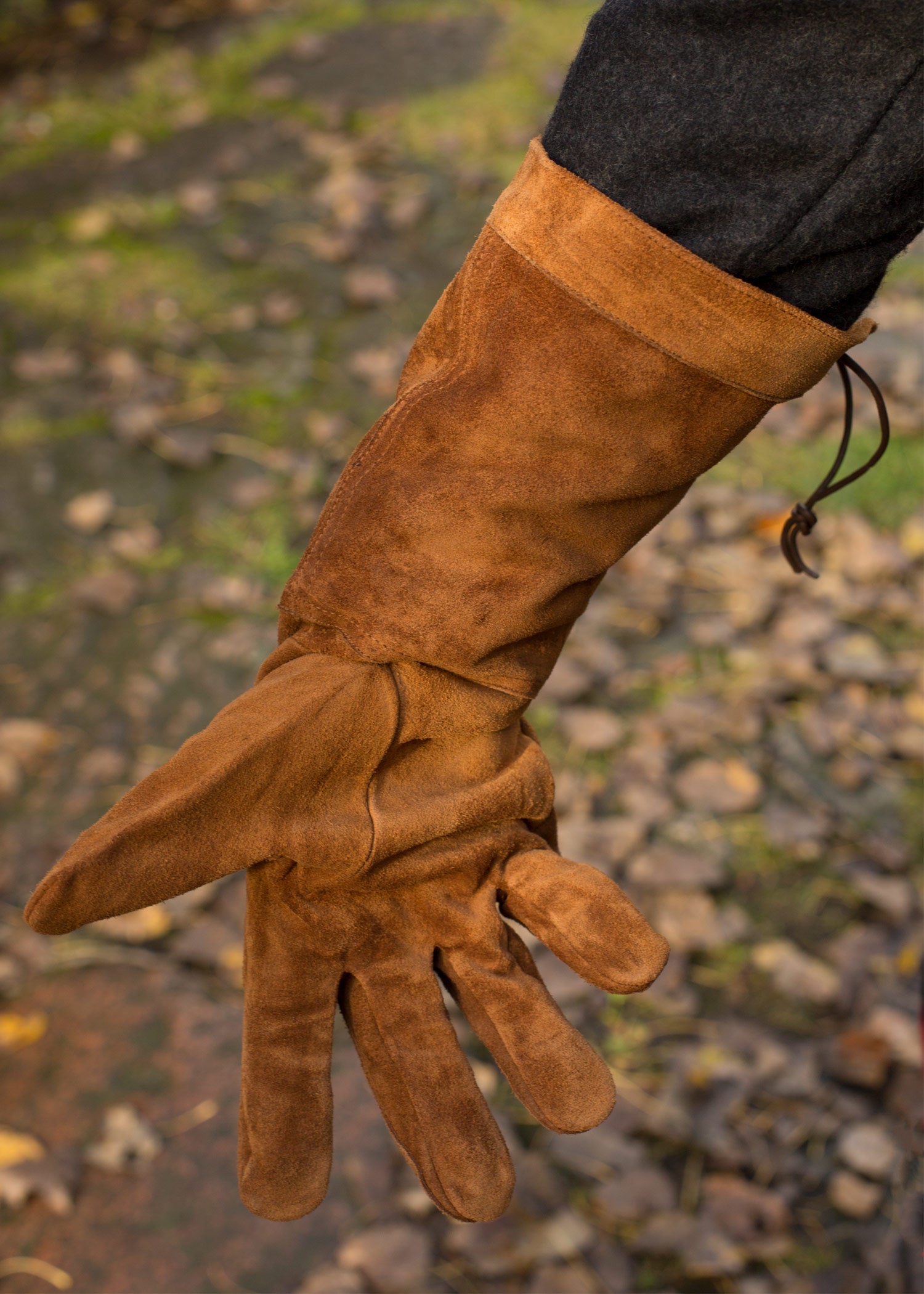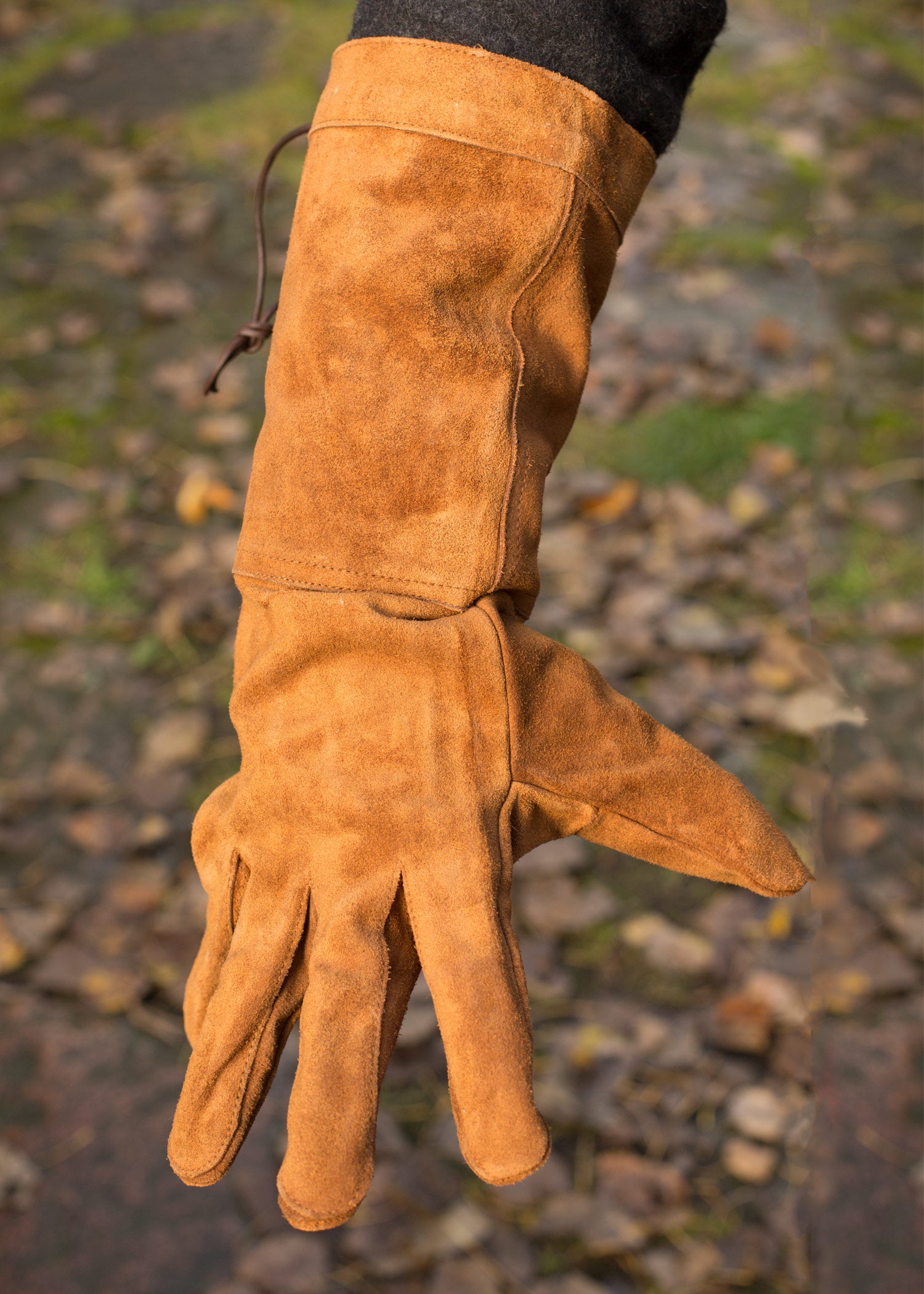Baroque Coats: Luxury and Elegance in 17th-Century Fashion
During the Baroque period (17th and 18th centuries) , coats became an essential garment for nobility and high society , combining protection from the cold with a refined and opulent aesthetic . These garments were notable for their structured cuts, sumptuous fabrics, and rich ornamental details.
Main types of baroque shelters
-
Justaucorps : A long, torso-hugging coat with wide skirts. It was the staple garment of men's clothing and a status symbol.
-
Redingote : Of equestrian origin, this garment evolved to become an elegant coat with wide lapels and decorative buttons.
-
Capes and cloaks : Common for both men and women, they were usually made of velvet, wool or silk , with gold embroidery and fur linings.
-
Overcoats and coats : Designed to protect from the cold, with wide and often decorated cuts with metal trimmings and buttons.
-
Pelisses : Feminine coats inspired by military fashion, with leather details and body-hugging cuts.
Materials and manufacturing
-
Velvet and brocade : Exclusive materials of the aristocracy, with ornamental designs and embroidery.
-
Thick wool : Used for more functional coats, especially among the bourgeoisie and the military.
-
Fur linings : Such as marten, ermine or fox , used in cloaks and formal coats.
-
Metal buttons and trimmings : Essential details in the most elaborate coats.
Differences with coats from other eras and cultures
-
Greater ornamentation : Unlike simpler medieval coats, baroque coats had embroidery, lace, and metal trim .
-
Structured cut : Unlike medieval capes, baroque coats fitted the body and defined the silhouette.
-
Use of luxurious fabrics : Silk and velvet predominated over the coarse wool of earlier times.
Baroque coats not only offered protection from the cold but also reflected the status and elegance of the era . If you're looking for authentic replicas of Baroque coats for historical reenactments, collecting, or period clothing , at Medieval Shop you'll find models inspired by the splendor of the 17th century.

